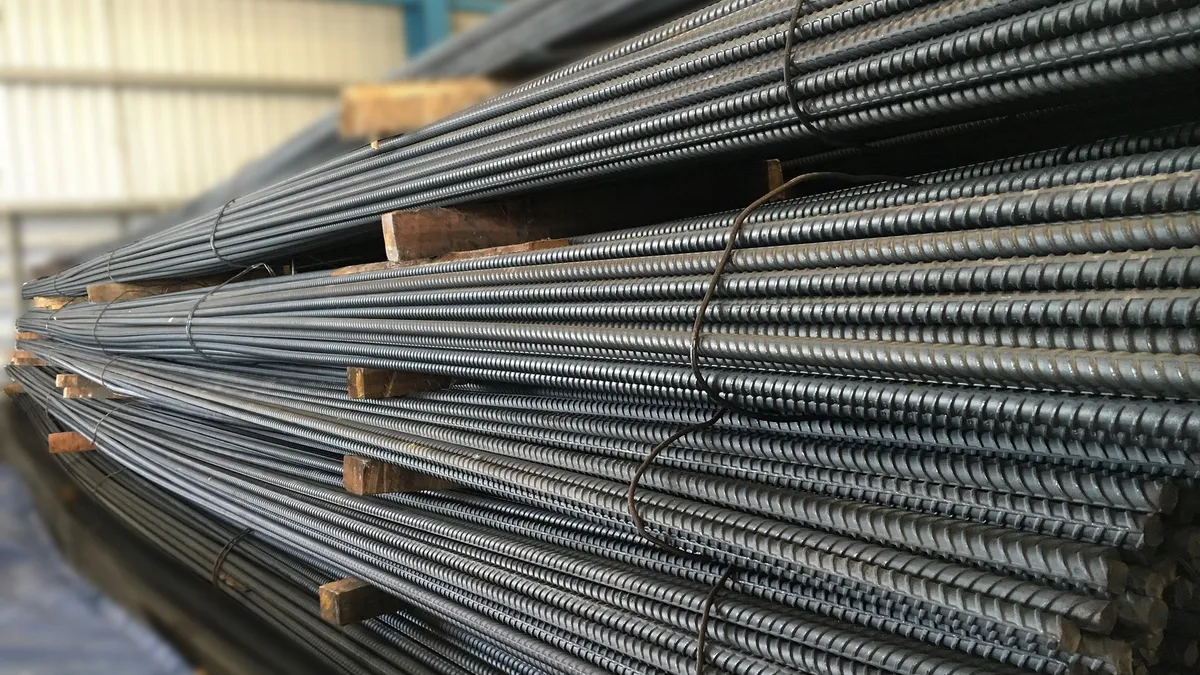Next year could be a pivotal one for commercial construction, according to two of the industry’s top economists. The question is, though, which way will it pivot?
While there are several bright spots in the U.S. economy, including low interest rates, high consumer confidence and a pickup in residential construction, some indicators are pointing to a slowdown. For instance, the U.S. gross domestic product fell from 3% in the first quarter to 1.9% in the third.
"It's certainly a tricky time right now," said Associated General Contractors of America Chief Economist Ken Simonson during an AGC webinar last month. "The U.S. economy is slowing and yet construction seems to be going full tilt."
That makes it hard to pinpoint what the industry will do next year, Kermit Baker, chief economist for the American Institute of Architects, said during the event.
“We are at a point where there is somewhat of a potential for an upside but also a potential for things to get worse,” Baker said.
On the bright side, a recent AGC survey showed that 75% of U.S. construction companies expect to expand their workforce next year. “Contractors remain not just busy now but optimistic about the year to come,” Simonson said.
The economists were bullish on certain sectors and regions including pipeline, offshore and onshore wind and solar, data centers and last-mile warehouses. They said the South is the strongest region in the country for construction while the Midwest will most likely suffer because of manufacturing losses.
Construction activity may lag next year for medical facilities, specifically for hospitals and medical centers as more care is delivered through standalone urgent centers and outpatient facilities. And until the federal government funds a comprehensive infrastructure package, that sector will also likely grow more slowly than this year, when many contractors were busy with post-hurricane and flood renovations, they said.
Delays, cancellations in design stage
One worrying trend comes from the design side of the construction equation, Baker said. Although architectural billings this year are on par with last year, half of U.S. architecture firms' projects have been delayed, scaled back or canceled due to client concerns about business, economic or financial issues.
A recent AIA survey found that about 15% of architecture firms in the U.S. have seen projects canceled, 40% have seen projects significantly delayed or put on hold and 30% have seen projects scaled back.
“This is becoming much more prevalent than we would have expected,” Baker said, noting that design activity is a trusted bellwether for construction.
“I think we are getting to the point where supply limitations are causing some clients to think whether they want to do that project or not."

Kermit Baker
Chief Economist, American Institute of Architects
“It gives us a window to what is likely to be going on in construction activity for next year or at least a good part of next year,” he said.
Costs increases, labor decreases constrict new activity
In addition to nervousness about the economy, the main reason for client pullback, Baker said, involves construction costs that are well above what architects and owners anticipated. This sticker shock has led some owners to pull the plug on projects before they begin.
“I think we are getting to the point where supply limitations are causing some clients to think whether they want to do that project or not,” Baker said.
Simonson said he is not surprised that architects and their clients are noticing an uptick in prices. He said this harks back to two years ago, when U.S. tariffs on materials like steel, lumber and aluminum were issued. Many U.S. contractors got squeezed when material prices rose for projects they had already bid on.
These days, material prices have fallen, but contractors are wary of losing money in a volatile market, an attitude that could keep project prices higher throughout much of 2020, Simonson said.
“Now with this very tight marketplace, contractors say they've got all the work they can handle and are only bidding on projects where they are thinking they can get a good return," he said.
The perennial lack of skilled labor will also play a big role in keeping construction costs high. About half of contractors responding to a recent AGC survey said the shortage of workers has caused them to raise prices and extend completion times.
"In 2020, construction will continue to have an even greater challenge than other industries in finding workers," Simonson said.
Outside forces throttle growth
Other concerns the economists mentioned include historic levels of corporate and government debt, a lack of affordable housing in many cities and low business confidence scores. On the other hand, construction's relatively slow recovery from the Great Recession means building inventory is low, a good sign for contractors.
"Vacancy rates are below their 20-year averages," said Baker. "That means we'll need more buildings as long as the economy continues to grow, and it is growing, although at a slower pace."
Both presenters agreed that slow and steady growth is the most likely scenario for next year.
"The data suggests that we're probably not going to see an awful lot of growth in building activity in 2020," Baker said. "It doesn't suggest a falloff and doesn't suggest a slowdown of any significant nature, but it does suggest slow growth."




















